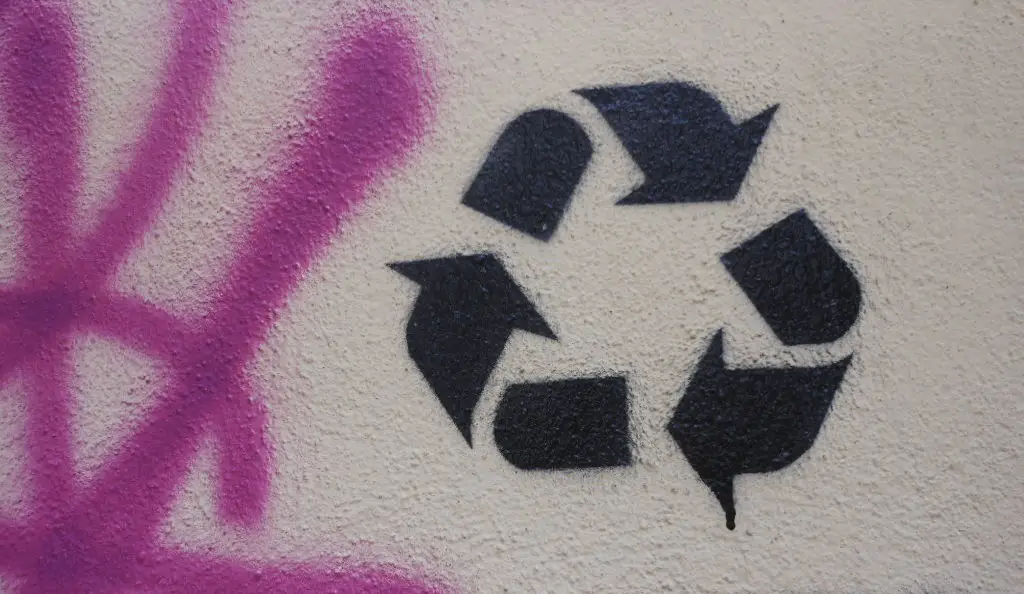Investigating urban animals offers unexpected insights for remaking city life so that it is more adaptable and responsive to interaction and sharing. Like buildings and people, animals also have a history in the city, with dimensions that include layers, time, and context. Animal architecture helps us look past materials and structures, and turn our focus to cohabitable microspaces, pleasures, pranks, and cross-species relationships.
Tokyo Tanuki
Our recent research is located at the Studio for Creative Revitalization of Tanuki Urban Manifestations (S.C.R.O.T.U.M) and focuses on the Tanuki – a member of the canine family that resembles a raccoon (commonly known as raccoon dog in English). In addition to being a real animal that resides in the nooks and crannies of Tokyo alleyways, river corridors, and shrines it is also a pleasure-seeking and massively testicled mythical figure central to Japanese folklore and popular culture.

(By Jess Mantell)
Initial findings suggest the following urban architectural interventions: (1) the value of festive, drunken, and inclusive environments, made possible by reclaiming local soil, lowering ambient light after dark, and relinking waterways, shrines, and food networks, (2) a shift from fixed infrastructure to ultra-lightweight, mobile and just-in-time malleable structures (based on the Tanuki’s legendary malleable ballsacks) (rough sketches here), and (3) our need for cross-species moral teachings delivered through pranks, magic, and generosity.
Habitat
In his real form Tokyo Tanuki leads us to soft dirt tracks, cool dark microspaces and traditional places of rest and worship. In mythical state he reminds us of the importance of cozy, sensual and bawdy habitats. Suggested modifications include replacing selected concrete city corridors with dirt and worms, powering down the city lights at dusk, and encouraging new forms of cross-species sociability (e.g. cooperative fruit harvesting and junk food sharing). Existing shrines and back alleys can be reimagined as Tanuki ‘power-spots’ that link us with local traditions, and liquor-soaked Tokyo is always open for improvisation.

Tokyo’s moist soils and narrow alleyways help Tanuki rest and move about the city. Can you see him hiding here? (By Jared Braiterman)
Malleable Structures
Delving into Edo-period ukiyo-e woodcuts by Kuniyoshi uncovers a diversity of scrotal structures for urban living (see image below) – food sources (nets for catching fish, birds and falling fruit, mallets for pulverising rice-cakes), entertainment (painted pubic puppets, freak shows of the small-balled), festival decorations, shelter and warmth (emergency blankets and pillows for drunken merchants), mobility (bollock-boats, devices for carrying heavy loads), and commerce (shop signage and stalls). Tanuki’s omni-malleable testicles equip us with a set of mental tools to imagine mobile, ultra-lightweight, and just-in-time adaptations (see image below – Picking Fruit) that surpass the efficiencies of mass-production and economies-of-scale while at the same time outpacing the contemporary mass-customization and rapid prototyping paradigm.

Top: Samugari tanuki (Tanuki sheltering from the cold. Bottom: Hatsuuma no tanuki (Tanuki as retailers celebrating the first sale of the new year by beating on a large testicular drum (By Kuniyoshi Project)

(By Jess Mantell)
Moral Pranks
In the 1990’s Studio Ghibli brought to life Tanuki’s penchant for eco-terrorism (blinding truck drivers with inflated ball-sacks, creating roadblocks by shape-shifting) and civil-disobedience (horror-festivals in the streets of new suburbs, scrotum-strafing of riot squads (see image below)) to illustrate his wily abilities to defend city habitats (sketch presentation here (PDF, 1MB)). In cultivating a more jovial relationship (see final image) with the Tanuki we can imagine moral-micro-pranks executed through everyday shape-shifting (placing poles in the path of smart-phone engrossed youths, pulling the sidewalk out from underneath cigarette-butt throwers, and making room for the pregnant and elderly on crowded public transport) that gently remind us to treasure our surroundings and relationships.

Tanuki protects his habitat by inflating his balls and strafing the oncoming riot squad (From 平成狸合戦ぽんぽこ Heisei Tanuki Gassen Ponpoko)
End
Welcoming real and mythical urban animals expands ideas of adaptability past spatial, structural and service strategies that focus on the physical artefact, showing a way for considering how microspaces, pleasures, pranks and human/non-human relationships can inform thinking about urban environments design.

An experiment in welcoming Tanuki into the heart of Shibuya (By Jared Braiterman)


